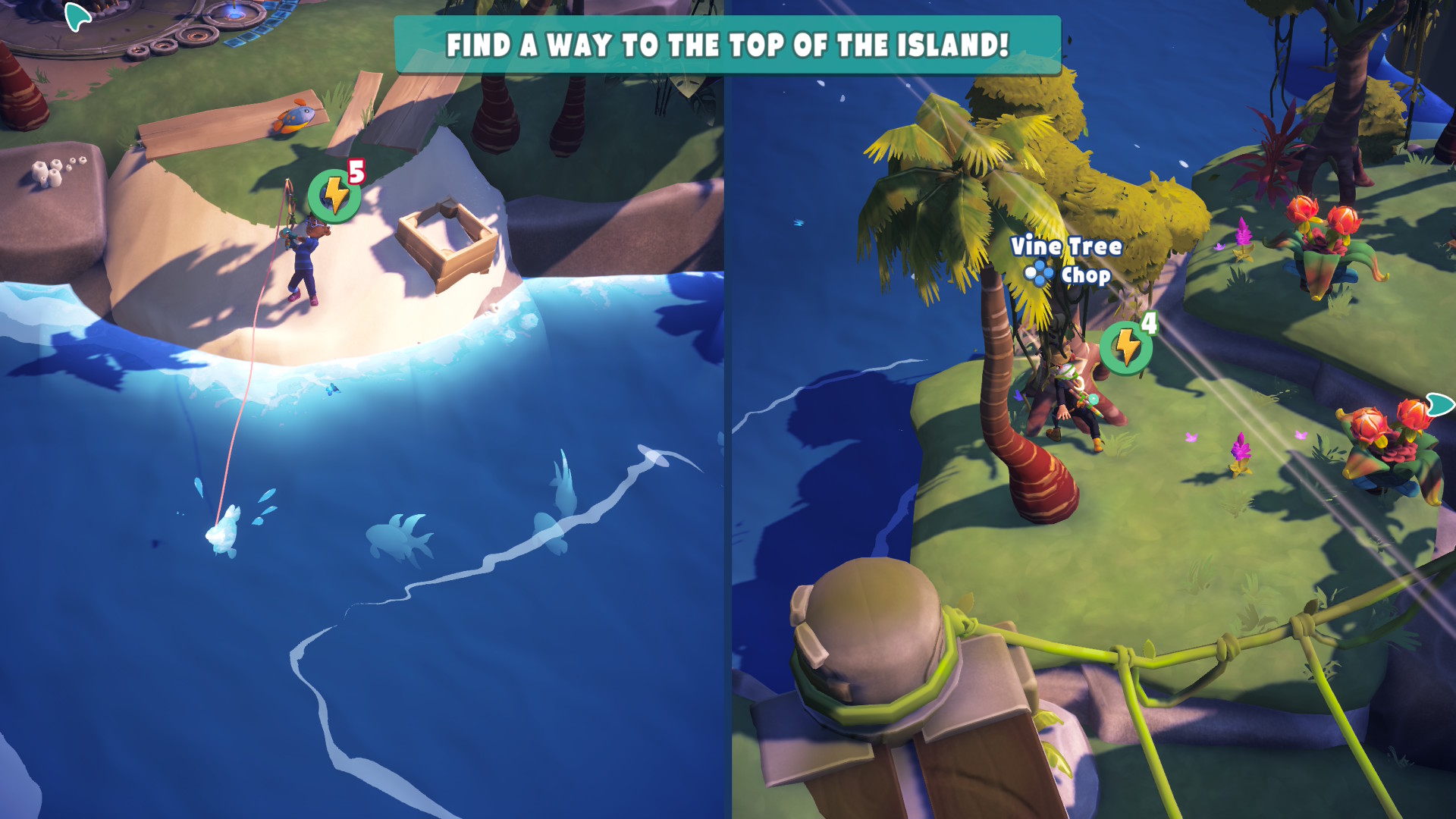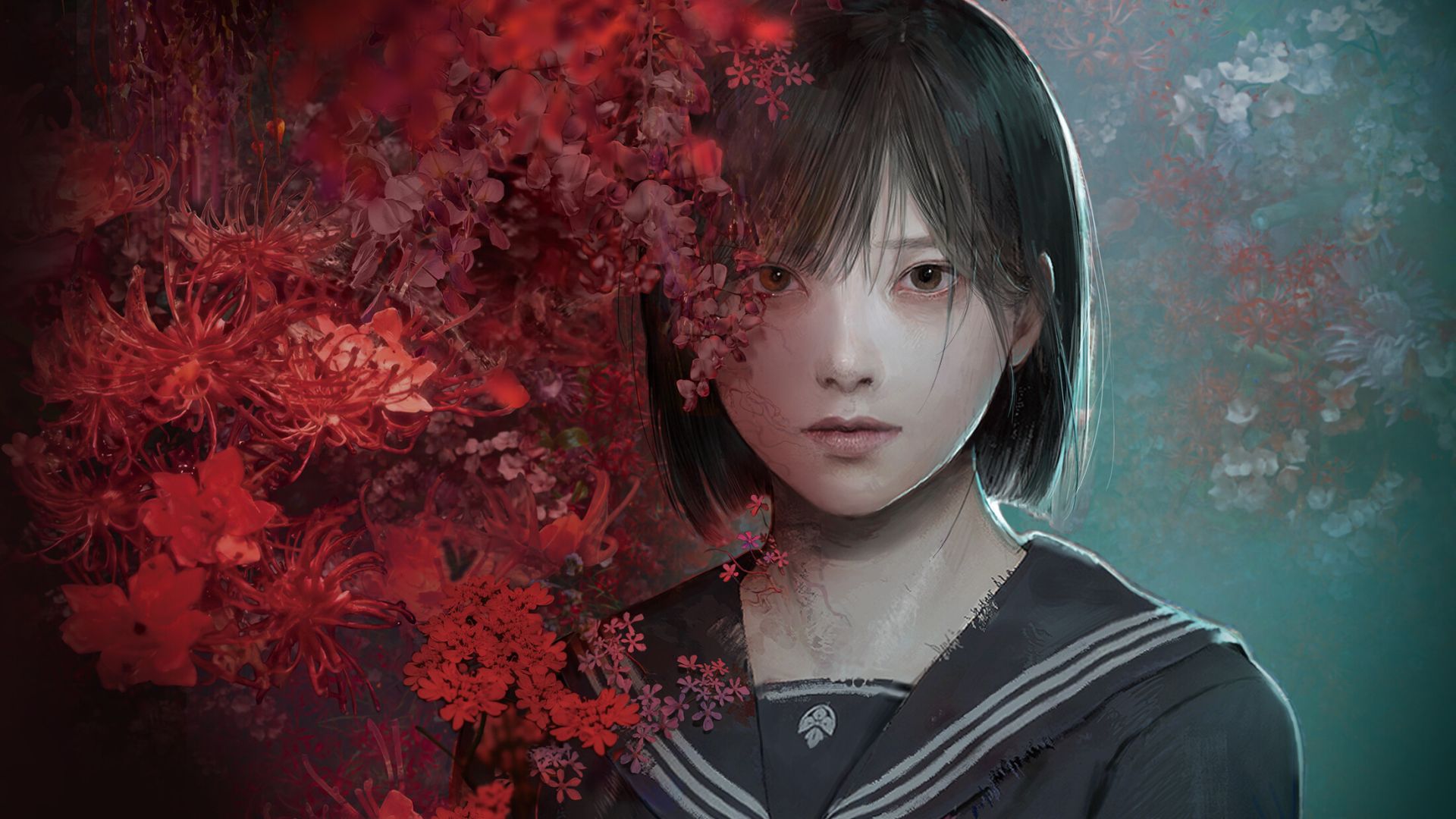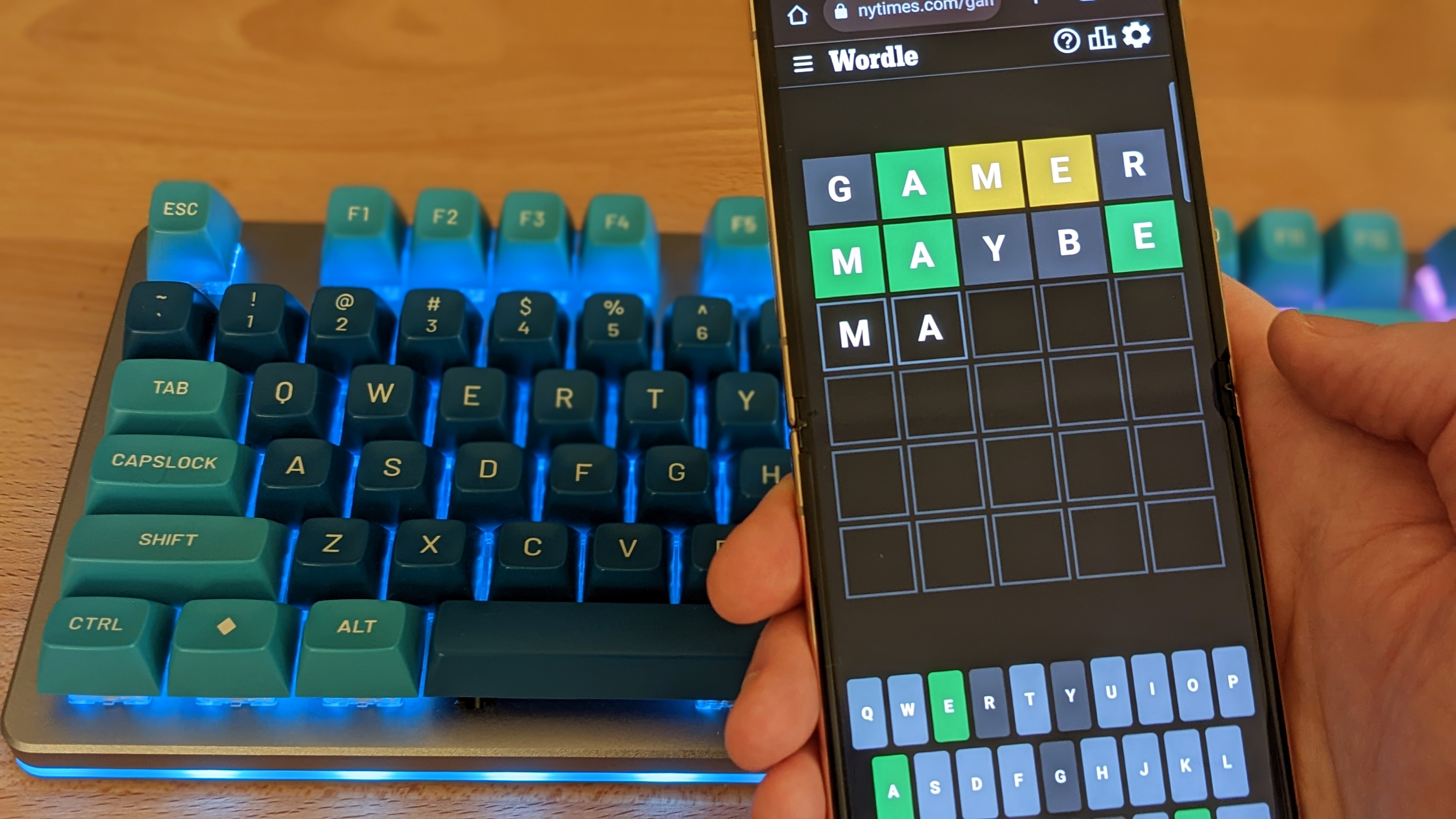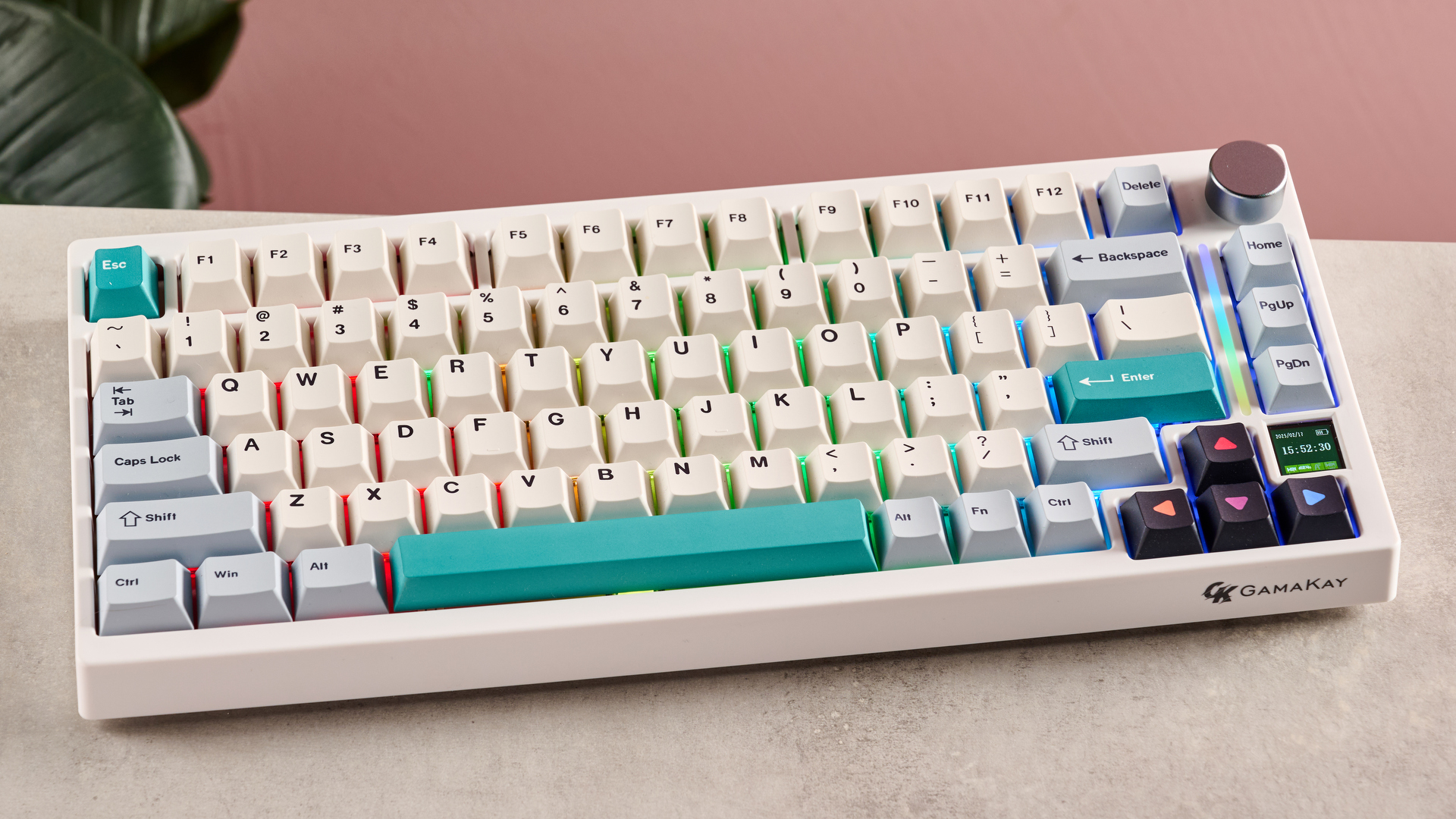2025 Milky Way photo contest features its first winning image taken from space
2025 Milky Way Photographer of the Year The winners of the 2025 Milky Way Photographer of the Year contest have been announced, highlighting epic imagery of the Milky Way from around the world, and even from above it. The contest, hosted by travel photography blog Capture the Atlas, is in its eighth year. This year, the contest received 6,000 entries from photographers of 16 different nationalities. Images spanned 25 locations around the globe, including Chile, the United States, Greece, Switzerland, Guatemala, New Zealand, Taiwan, Yemen, Chad, India, Namibia, Spain and more. Plus, an image taken from space was included in the collection for the first time. Some photos captured celestial events like a comet, a meteor shower and a lunar eclipse. Dan Zafra, the editor of Capture the Atlas, curates the annual list based on image quality, the story behind the shot and the overall inspiration it provides. Zafra says the project's goal is to inspire people to connect with the night sky and "to encourage photographers to explore and photograph the Milky Way from new angles." You can see all of the winning images at Capture the Atlas, along with tips on how and where to photograph the Milky Way. One in a Billion by Don Pettit Photographer: Don Pettit Image title: One in a Billion Image location: ISS (International Space Station) Camera settings: 8 sec, F1.4, ISO 6400 Gear: Nikon Z9, Sigma 14mm F1.4. Sky Watcher modified tracker Caption: I float in the Cupola, looking out the seven windows composing this faceted transparent jewel. While my mind is submerged in contemplation, my eyes gorge on the dim reflections from a nighttime Earth. There are over eight billion people that call this planet home. There are seven of us that can say the same for Space Station. What a privilege it is to be here. I used an orbital star tracker to take out the star streak motion from orbit. Tololo Lunar Eclipse Sky by Petr Horálek Photographer: Petr Horálek Image title: Tololo Lunar Eclipse Image location: Cerro Tololo Observatory, Chile Camera settings: ISO 8000, 81 x 10 sec (single exposures stitched to panorama). Moon is result of HDR work. Gear: Canon Ra, Sigma Art 35mm F1.8 Caption: On March 14, 2025, a total lunar eclipse occurred, especially visible over the Americas and the Pacific Ocean. I was fortunate to observe this particular eclipse from the NSF Cerro Tololo Inter-American Observatory in Chile. You can see how epic the sky was during totality, as the Moon darkened enough for the majestic Milky Way, the faint belt of Zodiacal Light, and prominent airglow to stand out. Boot Arch Perseids by Mike Abramyan Photographer: Mike Abramyan Image title: Boot Arch Perseids Image location: Alabama Hills, CA, USA Camera settings: Sky: Mosaic of 9 images at 50mm, 92 sec, F2, ISO 400; Foreground: Mosaic of 4 images at 50mm, 92 sec, F2.8, ISO 400; Meteors: 14mm, 15 sec, F1.8, ISO 400 Gear: Sony A7IV Astromodified, Sony 50mm f/1.2 GM, Benro Polaris, Leofoto LS-324C, Sony A7IV, Sony 14mm 1.8 GM Caption: The Perseid Meteor Shower occurs every August, raining down hundreds of meteors over a few nights. In 2024, I had planned to photograph it from the Canadian Rockies, but wildfires forced me to change my plans at the last minute. After checking wildfire maps, I found a safe haven in the Eastern Sierra Nevada. After three full nights of capturing meteors, I created this image. Sitting on the rock is my friend Arne, who often joins me on these adventures, gazing up at the magnificent core of our galaxy. Each meteor is painstakingly aligned to its true location in the night sky. The final depiction shows all the meteors I captured, combined into one frame—as if the Earth hadn’t been rotating and all the meteors had fallen at once. Bottle Tree Paradise by Benjamin Barakat Photographer: Benjamin Barakat Image title: Bottle Tree Paradise Image location: Socotra, Yemen Camera settings: Foreground (blue hour): 10 sec, F8, ISO 400; Sky: 5x 120 sec, F2.0, ISO 400 Gear: Sony A7IV, Sony 14mm F1.8, Sunwayfoto T2840CK, MSM Nomad Caption: Socotra is one of my favorite places on Earth, but when it comes to a specific location, this one stands out. It doesn’t have an official name, as it’s not a destination for the few fortunate tourists who visit Socotra. After shooting there for the past four years and scouting the island, I’ve discovered hidden gems like this one, which I call Bottle Tree Paradise. Bottle trees are unique to Socotra, a result of the island’s long isolation from the mainland. This separation allowed them to evolve distinctive features, such as their water-storing, bottle-shaped trunks, which help them survive Socotra’s harsh, dry climate. They are believed to have originated from ancient plant species that adapted to the island’s unique environment over millions of years. Double Milky Way Arch Over Matterhorn by Angel Fux Photographer: Angel Fux Image title: Double Milky Way Arch Over Matterhorn Ima

2025 Milky Way Photographer of the Year
 |
The winners of the 2025 Milky Way Photographer of the Year contest have been announced, highlighting epic imagery of the Milky Way from around the world, and even from above it. The contest, hosted by travel photography blog Capture the Atlas, is in its eighth year.
This year, the contest received 6,000 entries from photographers of 16 different nationalities. Images spanned 25 locations around the globe, including Chile, the United States, Greece, Switzerland, Guatemala, New Zealand, Taiwan, Yemen, Chad, India, Namibia, Spain and more. Plus, an image taken from space was included in the collection for the first time. Some photos captured celestial events like a comet, a meteor shower and a lunar eclipse.
Dan Zafra, the editor of Capture the Atlas, curates the annual list based on image quality, the story behind the shot and the overall inspiration it provides. Zafra says the project's goal is to inspire people to connect with the night sky and "to encourage photographers to explore and photograph the Milky Way from new angles."
You can see all of the winning images at Capture the Atlas, along with tips on how and where to photograph the Milky Way.
One in a Billion by Don Pettit
 |
Photographer: Don Pettit
Image title: One in a Billion
Image location: ISS (International Space Station)
Camera settings: 8 sec, F1.4, ISO 6400
Gear: Nikon Z9, Sigma 14mm F1.4. Sky Watcher modified tracker
Caption: I float in the Cupola, looking out the seven windows composing this faceted transparent jewel. While my mind is submerged in contemplation, my eyes gorge on the dim reflections from a nighttime Earth. There are over eight billion people that call this planet home. There are seven of us that can say the same for Space Station. What a privilege it is to be here. I used an orbital star tracker to take out the star streak motion from orbit.
Tololo Lunar Eclipse Sky by Petr Horálek
 |
Photographer: Petr Horálek
Image title: Tololo Lunar Eclipse
Image location: Cerro Tololo Observatory, Chile
Camera settings: ISO 8000, 81 x 10 sec (single exposures stitched to panorama). Moon is result of HDR work.
Gear: Canon Ra, Sigma Art 35mm F1.8
Caption: On March 14, 2025, a total lunar eclipse occurred, especially visible over the Americas and the Pacific Ocean. I was fortunate to observe this particular eclipse from the NSF Cerro Tololo Inter-American Observatory in Chile. You can see how epic the sky was during totality, as the Moon darkened enough for the majestic Milky Way, the faint belt of Zodiacal Light, and prominent airglow to stand out.
Boot Arch Perseids by Mike Abramyan
 |
Photographer: Mike Abramyan
Image title: Boot Arch Perseids
Image location: Alabama Hills, CA, USA
Camera settings: Sky: Mosaic of 9 images at 50mm, 92 sec, F2, ISO 400; Foreground: Mosaic of 4 images at 50mm, 92 sec, F2.8, ISO 400; Meteors: 14mm, 15 sec, F1.8, ISO 400
Gear: Sony A7IV Astromodified, Sony 50mm f/1.2 GM, Benro Polaris, Leofoto LS-324C, Sony A7IV, Sony 14mm 1.8 GM
Caption: The Perseid Meteor Shower occurs every August, raining down hundreds of meteors over a few nights. In 2024, I had planned to photograph it from the Canadian Rockies, but wildfires forced me to change my plans at the last minute. After checking wildfire maps, I found a safe haven in the Eastern Sierra Nevada.
After three full nights of capturing meteors, I created this image. Sitting on the rock is my friend Arne, who often joins me on these adventures, gazing up at the magnificent core of our galaxy. Each meteor is painstakingly aligned to its true location in the night sky. The final depiction shows all the meteors I captured, combined into one frame—as if the Earth hadn’t been rotating and all the meteors had fallen at once.
Bottle Tree Paradise by Benjamin Barakat
 |
Photographer: Benjamin Barakat
Image title: Bottle Tree Paradise
Image location: Socotra, Yemen
Camera settings: Foreground (blue hour): 10 sec, F8, ISO 400; Sky: 5x 120 sec, F2.0, ISO 400
Gear: Sony A7IV, Sony 14mm F1.8, Sunwayfoto T2840CK, MSM Nomad
Caption: Socotra is one of my favorite places on Earth, but when it comes to a specific location, this one stands out. It doesn’t have an official name, as it’s not a destination for the few fortunate tourists who visit Socotra. After shooting there for the past four years and scouting the island, I’ve discovered hidden gems like this one, which I call Bottle Tree Paradise.
Bottle trees are unique to Socotra, a result of the island’s long isolation from the mainland. This separation allowed them to evolve distinctive features, such as their water-storing, bottle-shaped trunks, which help them survive Socotra’s harsh, dry climate. They are believed to have originated from ancient plant species that adapted to the island’s unique environment over millions of years.
Double Milky Way Arch Over Matterhorn by Angel Fux
 |
Photographer: Angel Fux
Image title: Double Milky Way Arch Over Matterhorn
Image location: Zermatt, Switzerland
Camera settings: Both arches share the same Exif: 20mm, F5.6, 127 sec, ISO 2500; Foreground / Landscape: 15.5mm, F5, 1/5 sec, ISO 800
Gear: Nikon Z6 Astromodified (for the sky part), NIKKOR Z 20mm F1.8, Nikon Z8 (for the landscape part), NIKKOR Z 14-24mm F2.8, Benro Polaris Astro Kit, Peak Design travel tripod
Caption: This image captures the rare Double Arch Milky Way, where both the Winter Milky Way (with Orion rising) and the Summer Milky Way (with the Galactic Center) appear in the same night—a seamless transition between seasons.
Taken at 3,200 meters in the heart of winter, the night was brutally cold, testing both my endurance and equipment. This is a time blend, preserving the real positions of both arches by combining frames taken hours apart, with the foreground captured at dawn for the best detail.
Zermatt and the Matterhorn have been photographed countless times, but I aimed to create something truly unique—an image captured under conditions few would attempt. I’m incredibly proud of the effort and patience it took to bring this vision to life.
Valle de los Cactus by Pablo Ruiz
 |
Photographer: Pablo Ruiz
Image title: Valle de los Cactus
Image location: San Pedro de Atacama, Chile
Camera settings: Sky: 9 x 240 sec, F2.8, ISO 800, 14mm; Foreground: 9 x 120 sec, F2.8, ISO 2500, 14mm
Gear: Nikon D810, Nikon Z6 A, Nikkor 14-24 F2.8 ,Rollei Gamma, Sky Watcher Star Adventurer
Caption: A panoramic shot of the Milky Way in a remote area of the Atacama Cactus Valley, known for its large concentration of cactus plants. I love this place with its countless possibilities. The panorama was taken just as the galactic center began to rise, with the spectacular Gum Nebula visible on the right.
It was an especially bright night with a breathtaking sky. The valley isn’t easy to navigate, but it’s always worth trying to find new compositions in such stunning locations beneath the night sky.
Cosmic Fire by Sergio Montúfar
 |
Photographer: Sergio Montúfar
Image title: Cosmic Fire
Image location: Volcán Acatenango, Guatemala
Camera settings: 10 sec, F2.8, ISO 3200
Gear: Canon 6d Astromodified, Samyang 24mm F1.4, Sirui tripod
Caption: On the early morning of June 2, 2024, I summited Acatenango Volcano for the first time, hoping to witness the fiery beauty of the neighboring Volcan de Fuego against the Milky Way’s backdrop. That night, the volcano was incredibly active—each thunderous explosion reverberated in my chest, while glowing lava illuminated the dark slopes. Above, the Milky Way stretched diagonally across the sky, a mesmerizing band of stars contrasting with the chaos below. As the volcano erupted, the ash plume rose vertically, forming an acute angle of about 45 degrees with the galaxy’s diagonal path, creating a stunning visual contrast between Earth’s fury and the cosmos’ serenity.
Capturing this required a fast, wide-angle lens (f/2.8), an ISO of 3200, and a 10-second exposure to balance the volcanic glow with the starlight. The challenge was timing the shot during a new moon and aligning the right moment for the Milky Way to cross the frame next to the volcano. I used Lightroom as the editor. This image is special for its storytelling—the raw power of Volcan de Fuego meeting the tranquil expanse of the galaxy.
A Sea of Lupines by Max Inwood
 |
Photographer: Max Inwood
Image title: A Sea of Lupines
Image location: Lake Tekapo, New Zealand
Camera settings: Sky: 30 sec, F2.0, ISO 3200; Foreground: 30 sec, F2.4, ISO 6400
Gear: Canon 6D Astromodified, Sigma 28mm F1.4 Art, Samyang 14mm F1.4 XP, iOption SkyGuider Pro
Caption: The annual lupine bloom in New Zealand is spectacular, with fields of colorful flowers stretching across the Mackenzie Basin. This region, located in the heart of the South Island, is renowned for its dark skies, making the scene even more surreal at night.
I had to wait until the early hours of the morning for the wind to calm down, but eventually everything became still, and I was able to capture this image. Above the flowers, you can see the band of the outer Milky Way, alongside the constellations Orion, Gemini, and the Pleiades. Joining them are the bright planets Jupiter and Mars, with a strong display of green airglow visible along the horizon.
Diamond Beach Emerald Sky by Brent Martin
 |
Photographer: Brent Martin
Image title: Diamond Beach Emerald Sky
Image location: Great Ocean Road, Australia
Camera settings: Sky: 13 frames x 3 rows, @ 20mm, F3.5, ISO 1600, 60 sec tracked exposures; Foreground: 13 frames x 2 rows, @ 20mm, F2.5, ISO 1600, 60 sec exposures.
Gear: Sony A7III Astromodified, Sony 20mm F1.8 G, Sky-watcher Star Adventurer 2i
Caption: With a clear night forecast and the Milky Way core returning for 2025, I set out to explore the Great Ocean Road. After a few setbacks—such as a failed composition and getting the car stuck on a sandy track—I almost gave up. However, I pushed on and found a great spot above the beach to capture the scene.
The night was full of color, with Comet C/2024 G3 Atlas and a pink aurora in the early hours, followed by the Milky Way rising amid intense green airglow near dawn. Despite the challenges, the reward of this stunning image and the memory of the view made it all worthwhile.
Blossom by Ethan Su
 |
Photographer: Ethan Su
Image title: Blossom
Image location: Hehuan Mountain Dark Sky Park, Taiwan
Camera settings: Sky: 1 row tracked panorama at F2, 90sec, ISO 800; Foreground: 2 row panorama and focus stack, F2.8, 60 sec, ISO 6400; 65 images in total.
Gear:
Caption: After three years of waiting, the Yushan alpine rhododendrons are finally in bloom once again on Taiwan’s 3,000-meter-high Hehuan Mountain. On this special night, distant clouds helped block city light pollution, revealing an exceptionally clear view of the Milky Way. A solar flare from active region AR3664 reached Earth that evening, intensifying the airglow and adding an otherworldly touch to the sky.
Together, these rare natural events created a breathtaking scene—vivid blooms glowing softly beneath a star-filled sky.
The Night Guardians by Rositsa Dimitrova
 |
Photographer: Rositsa Dimitrova
Image title: The Night Guardians
Image location: Easter Island, Chile
Camera settings: Blend of 2 shots: foreground: 88 sec, F3.5, ISO 3200; sky: 20 sec, F2.0, ISO 2000
Gear: Sony A7iii Astromodified, Sony GM 14mm F1.8
Caption: Easter Island had been on my bucket list for a long time, and it once seemed almost impossible to reach. On our first night there, the weather forecast looked promising, so we decided to go ahead with the tour our group had booked 4–5 months earlier. However, Rapa Nui sits in the middle of the Pacific Ocean, where the weather is notoriously unpredictable. When we woke up at 3 a.m. in our hotel, the sky was completely covered in clouds. Still, we decided to take the risk, knowing the forecast for the next few nights was even worse.
An hour later, we were frantically photographing the statues at Rano Raraku—the quarry where nearly all of the island’s 900 statues were carved—when the sky suddenly began to clear. By 5 a.m., it was completely clear, and we had less than two hours to capture all the shots we wanted. We felt incredibly lucky to be in the right place at the right time.
Evolution of Stars by Kavan Chay
 |
Photographer: Kavan Chay
Image title: Evolution of Stars
Image location: Otago, New Zealand
Camera settings: Sky RGB: 4 frames x 3 rows, each shot at 40mm, F1.8, ISO 1250, 50 second exposures; Sky (Rho region): Stack of 10 frames, each shot at 40mm, F1.8, ISO 1250, 60 second exposures; Foreground: 4 frames x 3 rows, each shot at 40mm, F4, ISO 2000, 60 second exposures.
Gear: Nikon Z7 (astromodified), Sigma Art 40mm F1.4, Benro GX-35 ballhead, Sirui AM-254 tripod legs, Sky-Watcher Star Adventurer Pro 2i
Caption: The first image I captured from this spot is the one I feel truly kickstarted my astrophotography journey years ago. It was the first time I shot a tracked panorama using a “longer” focal length lens (50mm). The set of sea stacks provided a prominent foreground subject facing the right direction, and being a local spot relatively free of light pollution, it was the perfect location to capture the Milky Way core.
It felt fitting to try again with a few extra years of experience and an astro-modified camera, which allows for easier capture of hydrogen-alpha-rich regions of the sky (like the reddish nebulae around Zeta Ophiuchi, as seen in the image). The years of experience certainly made panoramic shooting and editing easier, though the shoot wasn’t without its challenges.
I managed to drop a tiny screw adapter in the dark, so I had to improvise a quick solution to make use of the star tracker. With a dying headlamp and the mysteries of wildlife lurking in the dark, all while the tide rapidly rose, it felt like enough adventure for a weekday night.
Winter Fairy Tale by Uroš Fink
 |
Photographer: Uroš Fink
Image title: Winter Fairy Tale
Image location: Dobratsch Nature Park, Austria
Camera settings: Sky: ISO 800, F1.8, 90 sec, 8 panels, low exposure frames for brighter sky parts (30 sec) + lee soft 5 for stars (ISO 3200, F1.8, 20 sec); Foreground: ISO 1250, F2.2, 80s, 8 panels + multi exposure frames for lightning the hut (80 sec, 20 sec,10 sec,5 sec,2 sec,1 sec)
Gear: Nikon Z, Sigma 20mm 1.4 Dg Dn, Megadap tze21, Fornax Lightrack 2i, Sunwayfoto t3240ck, Lee soft 5 filter for stars, Focus on star mask
Caption: Undoubtedly my wildest location this winter: Austria’s Dobratsch mountain! If I had to describe it in two words, it would be a “Winter Fairytale”!
Despite a 5 a.m. work shift, I drove to Austria by 1 p.m., worried about my fitness and lack of sleep. After a 2-hour hike through the snow with a 22kg backpack and sled, the stunning views kept me energized.
Arriving at the cabin (where I had planned my winter panorama two years ago), I was greeted by untouched snow, completely free of footprints. I spent the evening exploring compositions, and this is my favorite: a panorama of the winter Milky Way with reddish nebulae, stretching above Dobratsch Mountain.
I captured the Zodiacal light and even the Gegenschein glow! The sky was magnificent, with Jupiter and Mars shining brightly. In the foreground is the cabin, where I spent 3 freezing hours (-12°C), waiting for the perfect shot of the Milky Way’s core. It turned out exactly as I envisioned—a true winter fairytale.
Echiwile Arch by Vikas Chander
 |
Photographer: Vikas Chander
Image title: Echiwile Arch
Image location: Ennedi, Chad
Camera settings: Sky Exposure: 300 sec, F2.8, ISO 800, stack of 6; Foreground exposure: 480 sec, F2.8, ISO 800, LENR, LLL; Software: Pixinsight and Photoshop
Gear: Sony A7rV Ha modded, Sony 12-24 F2.8 GM, Rainbow Astro RST 135e
Caption: When one first Googles information about visiting Chad, the results aren’t very encouraging from a safety perspective. Nevertheless, the intrepid astrophotographer in me decided to take the chance and visit this landlocked country, specifically the Ennedi Massif in the north.
Sparsely populated and completely devoid of light pollution, the three-day drive from the capital, N’Djamena, was well worth the troubles and risks involved. The region is filled with numerous rock formations, shapes, and arches, offering an abundance of options for foreground elements to frame the dramatic night skies. Seen here is a small arch in the shape of a hoof in the Ennedi region.
Starlit Ocean: A Comet, the setting Venus, the Milky Way, and McWay Falls by Xingyang Cai
 |
Photographer: Xingyang Cai
Image title: Starlit Ocean: A Comet, the setting Venus, the Milky Way, and McWay Falls
Image location: California, USA
Camera settings: Sky: Stack of 20 images, each at ISO 1600, F1.4, 4 sec; Foreground: Stack of 10 images, each at ISO 3200, F1.4, 20 sec
Gear: Sony A7 III (astro-modified), Sony 14mm F1.4
Caption: Capturing this image was a race against time, light, and distance. With Comet Tsuchinshan–ATLAS (C/2023 A3) making its approach, I knew I had a rare opportunity to see it with the naked eye before it faded into the cosmos. I embarked on a five-hour round trip to McWay Falls in Big Sur, one of the few Bortle 2 locations accessible along California’s coast. My window was narrow—just six precious minutes of true darkness before the Moon rose and washed out the night sky. But those six minutes were unforgettable.
In that brief span, the Milky Way arched high above the Pacific, Venus shimmered as it set over the ocean, and the comet streaked quietly across the sky—a celestial visitor gracing this iconic coastal cove. The soft cascade of McWay Falls and the stillness of the starlit ocean created a surreal harmony between Earth and sky. It was one of the most vivid and humbling naked-eye comet sightings I’ve ever experienced—an alignment of cosmic elements that felt both fleeting and eternal.






























